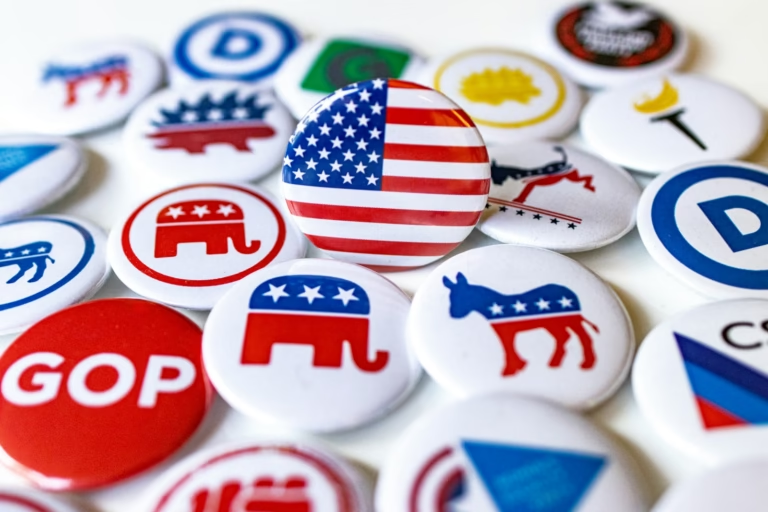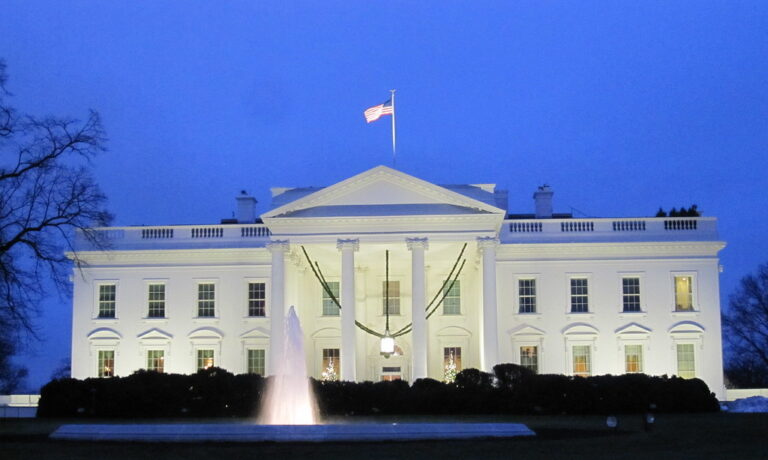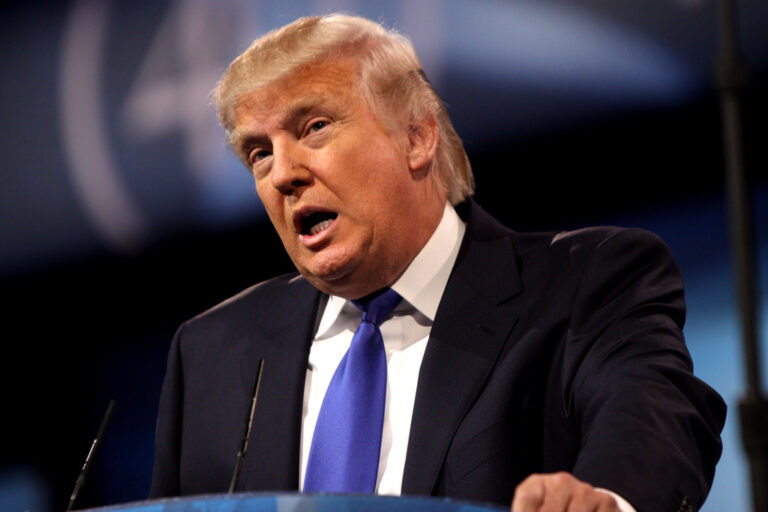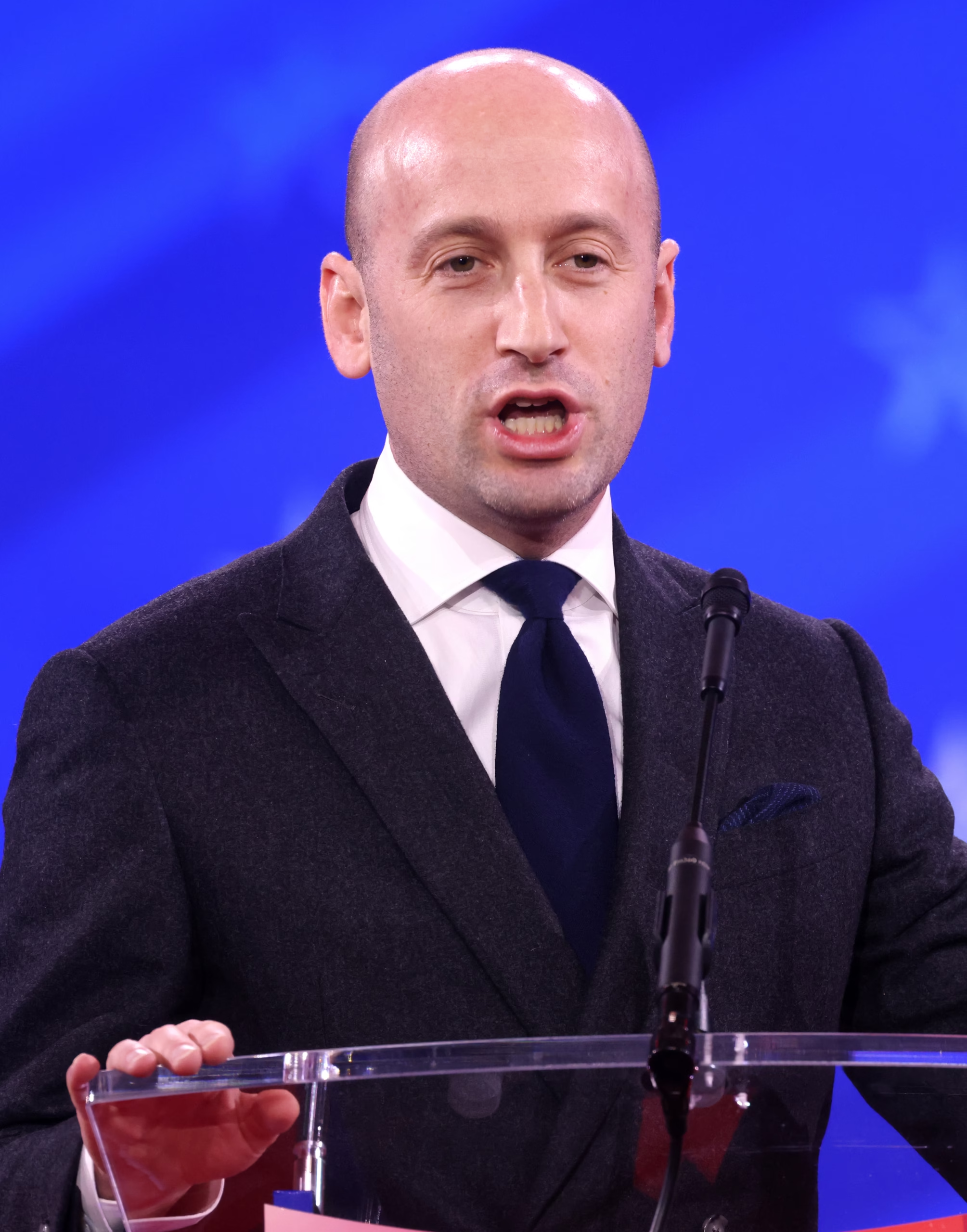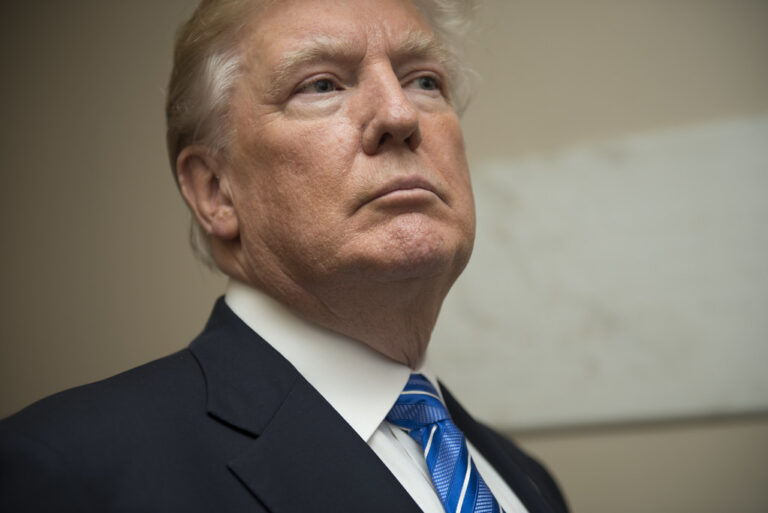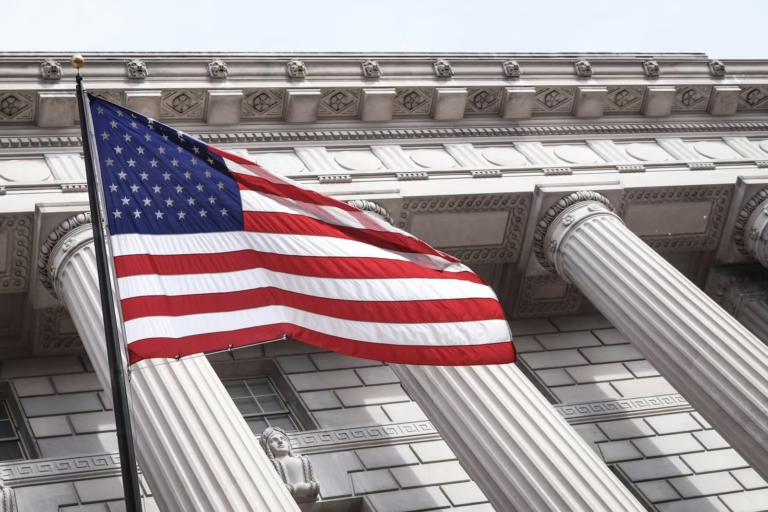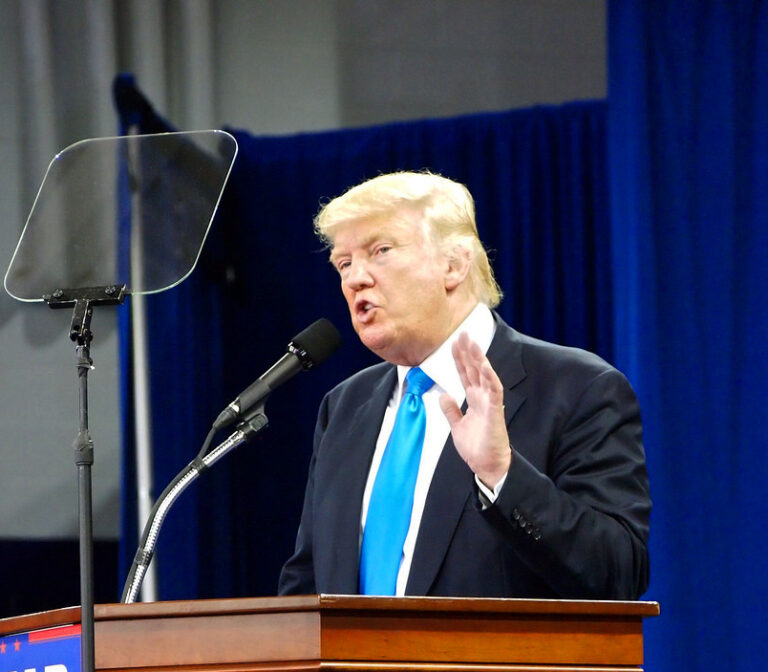Key Takeaways
- President Trump called Rob Reiner “deranged” and blamed him for his own death.
- His harsh Reiner remarks drew criticism from both parties.
- Rob and Michelle Reiner were found dead after an apparent family dispute.
- Critics across the spectrum condemned Trump’s tone and timing.
President Trump stirred fierce debate when he repeated his harsh Reiner remarks at a press conference. He claimed the slain director suffered from “Trump Derangement Syndrome” and said Reiner died because of the anger he provoked. Many found this comment cruel, especially so soon after Reiner’s tragic death.
In the morning on Truth Social, Trump wrote that Reiner “suffered from Trump Derangement Syndrome” and added he died “due to the anger he caused others through his massive, unyielding, and incurable affliction.” Later, when asked by a CNN reporter about criticism from fellow Republicans, he doubled down. “I wasn’t a fan of his at all,” he said. “He was a deranged person.”
These Reiner remarks shocked many. Political commentators, writers, and ordinary people took to social platforms to express their anger. Even some conservatives criticized the former president for what they saw as a crass attack on a grieving family.
Background of Rob Reiner’s Tragic Death
Rob Reiner built a decades-long career as a filmmaker and actor. He directed movies that became classics and won awards. He and his wife, Michelle, lived in Hollywood. Tragically, they were found dead in their home late Saturday night.
Authorities believe their 32-year-old son, Nick, shot them after a heated argument at a party hosted by comedian Conan O’Brien. Detectives say Nick admitted to the shooting. The family dispute shocked fans and colleagues nationwide.
In the wake of such a horrific event, many expected public figures to show sympathy. Instead, Trump’s Reiner remarks felt to some like a personal attack on the director, even in death.
How Reiner Remarks Escalated Criticism
First, Trump’s comments appeared just hours after news of Reiner’s death broke. This timing made his words seem insensitive and inflammatory. Second, by labeling Reiner “deranged,” Trump made a personal judgment rather than offering condolences. Third, many saw this as another instance of Trump using harsh rhetoric to rally his base.
Moreover, Trump implied that the director’s own anger led to his death. This statement reversed the focus from the real tragedy to a political jab. As a result, even some Republican allies distanced themselves from Trump’s tone.
Reactions to Reiner Remarks
Across social media, critics slammed Trump’s choice to revisit the incident. Conservative commentator Charlie Sykes wrote “FFS” in response to the remarks. Political speechwriter Zev Karlin Neumann urged Trump’s team to feel ashamed. Writer Olivia Juliana called the comments “just disgusting.” Entertainment entrepreneur Ian Schaefer questioned what Trump’s supporters would now say.
Meanwhile, Democratic digital strategist Ally Sammarco said this moment reminded her why many can’t wait for a different leader. These voices show that Trump’s Reiner remarks failed to unite even his usual supporters. Instead, they sparked a rare moment of bipartisan disgust.
Why This Moment Matters
This episode highlights how quickly public figures must balance free speech with respect for human tragedy. When a high-profile death occurs, many expect a pause in heated rhetoric. Trump’s decision to repeat his Reiner remarks defied that expectation.
Furthermore, the incident reveals how social media has shortened the time between news and reaction. In today’s landscape, a statement can ignite global debate in minutes. Trump’s use of his platform to attack Reiner illustrates how he maintains influence even out of office. However, it also shows the risks of mixing personal criticism with real-world tragedy.
What Comes Next
Looking ahead, Trump may continue to use similar tactics. His supporters might applaud his unfiltered style. Yet critics will likely remain vocal, using this episode as evidence of his divisiveness. Politically, this could affect how Republicans handle future tragedies. They may feel pressure to distance themselves sooner when Trump speaks out.
For the public, this incident serves as a reminder to think critically about bold statements. It asks whether political figures should temper their language in sensitive times. It also shows how words can spread anger instead of healing.
In the end, everyone waits to see how Trump’s allies respond and whether he will apologize or stand firm. Meanwhile, Rob Reiner’s family and fans mourn the loss of a beloved filmmaker.
Reiner Remarks and the Power of Words
Ultimately, the Reiner remarks controversy underscores one truth: words matter. They can comfort or wound. They can unite or divide. In this case, a harsh comment amid grief fueled widespread backlash. As public figures speak out, they must weigh their words against the real-life pain they might cause.
FAQs
Why did Trump call Rob Reiner “deranged”?
Trump claimed Reiner suffered from “Trump Derangement Syndrome” and said his criticism caused anger that led to his death.
How did people react to Trump’s Reiner remarks?
Critics from both parties condemned the comments as insensitive and cruel, especially given the tragic circumstances.
What happened to Rob Reiner and his wife?
Police say the couple was shot in their home by their son after a family dispute, turning their holiday gathering into tragedy.
Could this controversy affect Trump’s political future?
Possibly. Some Republicans have distanced themselves, while Trump’s base may embrace his blunt style, showing a divide in his support.


